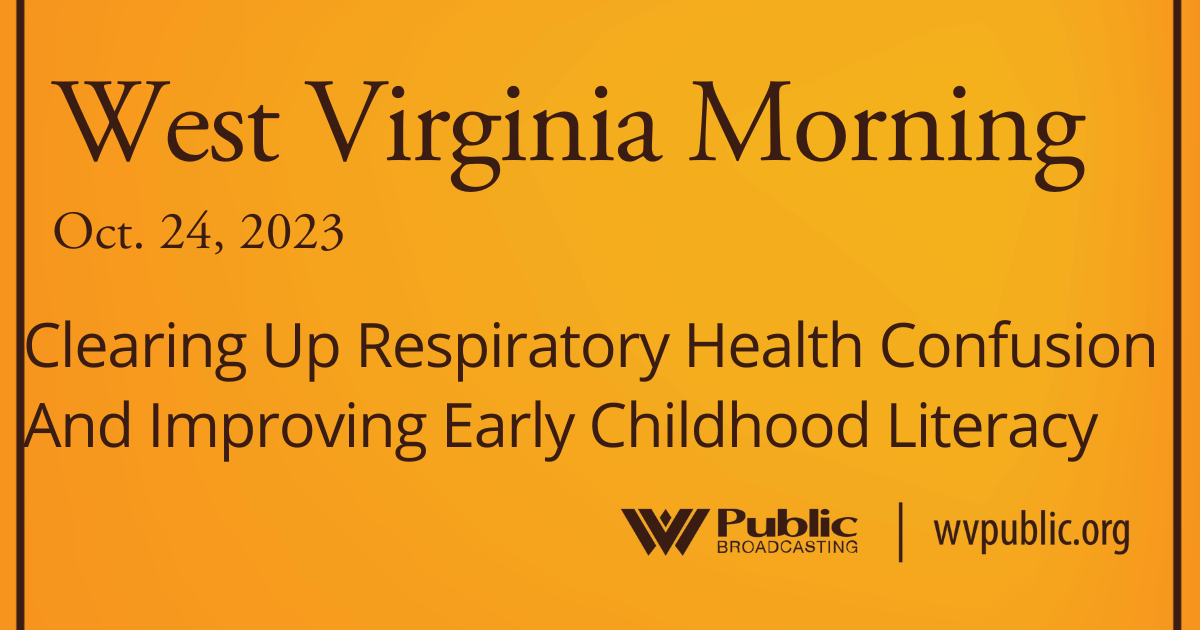Cases of a respiratory illness, known as RSV or Respiratory Syncytial Virus, are climbing rapidly around the country.
Cases of a respiratory illness, known as RSV or Respiratory Syncytial Virus are climbing rapidly around the country.
West Virginia health officials said they are preparing for a possible surge in numbers, especially over the holidays.
The Centers for Disease Control and Prevention said cases of RSV have already reached 2021 levels.
Most people who get an RSV infection recover in less than two weeks. But those with compromised or undeveloped immune systems – including the elderly, young children and babies – can develop severe infection, including pneumonia.
Former state Health Officer, Dr. Ayne Amjad, said while cases are not spiking yet in West Virginia health officials anticipate higher numbers over the colder months.
“Especially since we are seeing a trend of increasing data across the country and other states,” Amjad said. “Maryland is the closest one to us with elevated cases, so WV tends to be a little later as we don’t have a large population but that is safe to say we should be on the lookout anticipating we follow suit with other states of cases that they are seeing.”
Amjad said with more children in daycare than over the previous two years, the health department is starting to hear from physicians who are seeing RSV symptoms in their patients.
Those symptoms include nasal drainage, a decrease in appetite, coughing, sneezing, a fever or wheezing.
Amjad said mitigation efforts during the coronavirus pandemic, including mask wearing and hand washing, likely lowered exposure to RSV. Infants and toddlers with underdeveloped immune systems are now struggling to fight off the virus.
She advised parents to call their pediatrician immediately if they suspect RSV.
Monongalia County Health Officer and director of the Monongalia County Health Department, Dr. Lee Smith, said he’s actually noticed an increase in the incidence of RSV in a higher age group the past two years.
“The number of college aged kids and in urgent care the number of adults continues to be a growing trend,” he said.
Lee said prior to COVID-19, by the age of two, most of the pediatric population has had a case of the virus.
